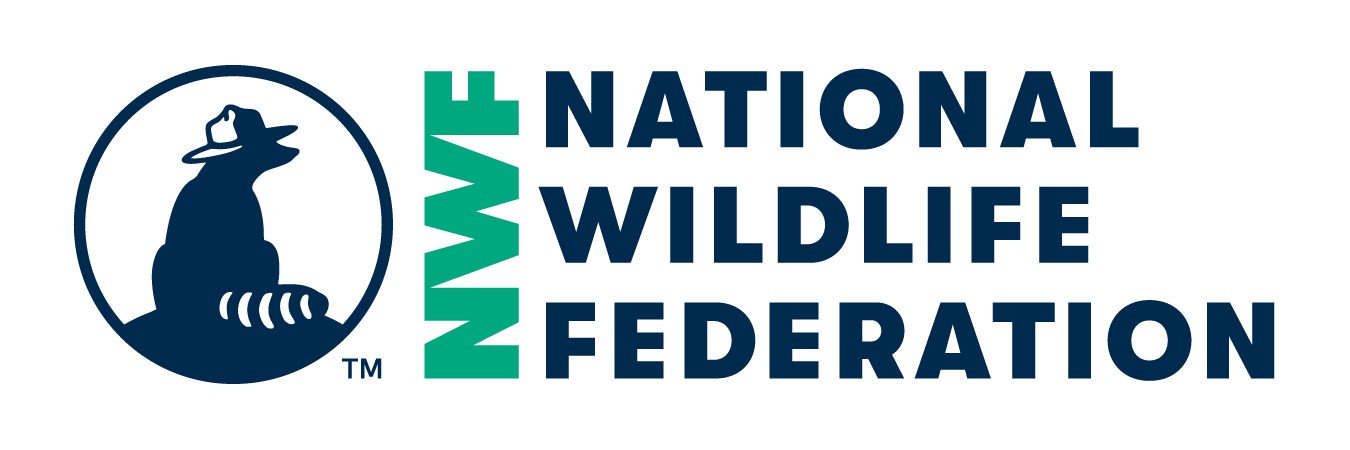From seed to Plate - community engagement through edible gardens
http://www.nwfecoleaders.org/forms/item/54/712
If other:
http://www.nightshadedc.com/about
1. Where is the biggest impact of this project?
Community
If other:
2. What were the goals for your project?
The main goal of this project is to engage local community to implement different strategies of conservation and sustainability by the creation of edible gardens and products (i.e. hot sauces, herb blends, etc), native spp, and biodiversity-friendly.
3. What strategy did you use?
Advocacy, Community Building, Education
If other:
4. Did you accomplish the goals you set for this project? Please explain.
Challenge: Behavioral change
Nowadays, most societies in developed countries have lost connection with nature, especially when it comes to producing your own food.
This project aims to increase awareness and replicate examples of edible gardens, using permaculture principles and native species that create a wildlife and pollinator habitat and provides fresh food.
5. Choose your impact measure type.
Miles biked
What were the measurable outcomes of your project?
One of the impact measurements is plants planted which in one year it surpasses 1000 plants.
Another measurement that takes more time is the number of clients/neighbors that implemented edible gardens in their properties with our guidance.
6. When did you begin and complete your project?
The project started three years ago, slowly but surely the team, website, strategies, best practices were created ready to implement projects in clients/neighbors' properties. The project is still ongoing, but we have yearly goals. The goal for 2020 was to increase the amount of clients/neighbors' projects by 10%, but the pandemic surely had an impact.
7. What was challenging about your project and how did you respond?
The biggest challenge this year is the pandemic, even though there is more room for people to be aware of the society's changes that are needed to reduce the ecological footprint and become more resilient towards climate change, the number of clients able to pay for specific projects reduced.
8. Which groups were involved in this project? Students, faculty, staff or community groups?
Community members from permaculture, herbalism, and neighbors.
9. Was your project funded? If so, how?
The project started with an in-kind investment, as soon as we got income we were able to invest in materials and reinvest in different projects.
10. How did you communicate about this project and educate the broader campus and/or community?
The main communication strategy was by phone and in-person. To become more visible, we created a website and instagram account as well as more active in conferences and networking.
The main project impact is also shared with people from the nearby community in the neighborhood, we show the edible garden and will soon place names of species that will be visible to people walking by and student from the nearby school.
11. How have you evaluated your project?
Group reflection, Individual reflection, Statistical analysis and review
If other, please describe:
12. What did you do after your reviewed your project?
Revised goals, Communicated your project results through a blog or other media, Added new team members with different expertise, Celebrated, Other
If other, please describe:
Created new goals and continue working to have a larger impact in society.
13. What was the biggest or best thing you learned from your project?
The time needed to implement a project varies from client to client and the specific challenges vary as well. For instance, the quality of soil could be very poor in a site than other, the planting strategies will differ from site to site. Therefore if we are planning to spend 2hrs at each site, there might be the chance we end up spending more time in one site that would have an impact on the entire schedule. It's best to book a whole day and make sure that the client feels comfortable with a flexible schedule.
14. What advice would you give to others working on a similar project?
Have different challenges in mind when talking to the clients, so they would understand them and become flexible with your work.
15. Based on your response above, what are your future plans for this project? And are there resources (people, financial, etc.) available to sustain it?
It's best to book more time for each site and make sure that the client feels comfortable with a flexible schedule. Explain the challenges that could arise from working on a specific site with specific spp.
There are resources to sustain the project, the main one is people providing in-kind contributions, as well as funds for materials. In the next few years, we expect to have a steady income to finance our staff.
Category ARCHIVED | PROJECT CERTIFICATION
Form Details
Average Rating:
Date Added: Jun 25, 2020
Date Last Modified: Jun 26, 2020







Project Feedback